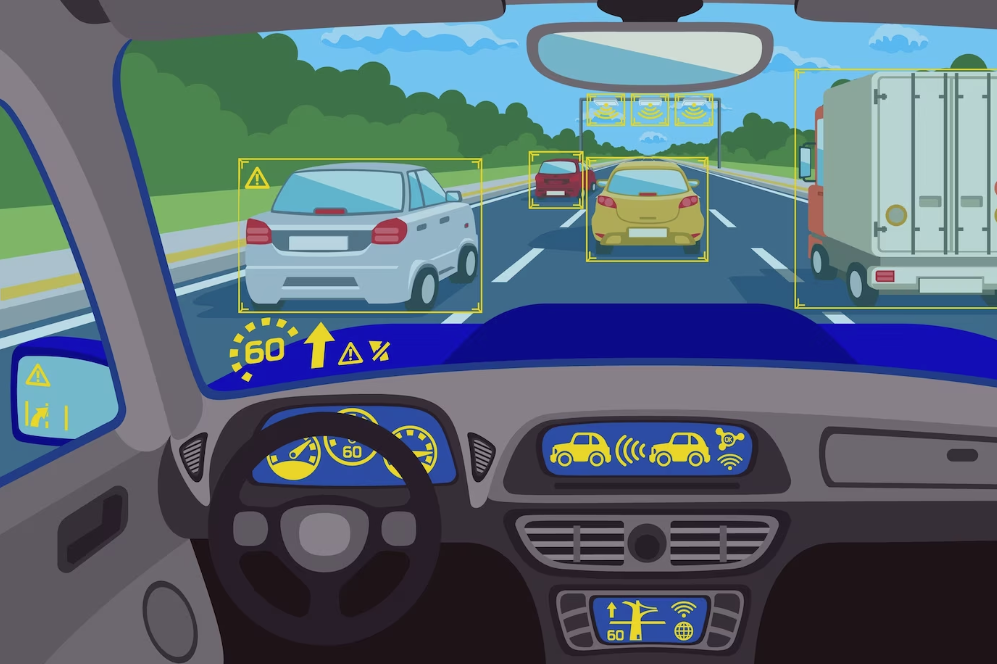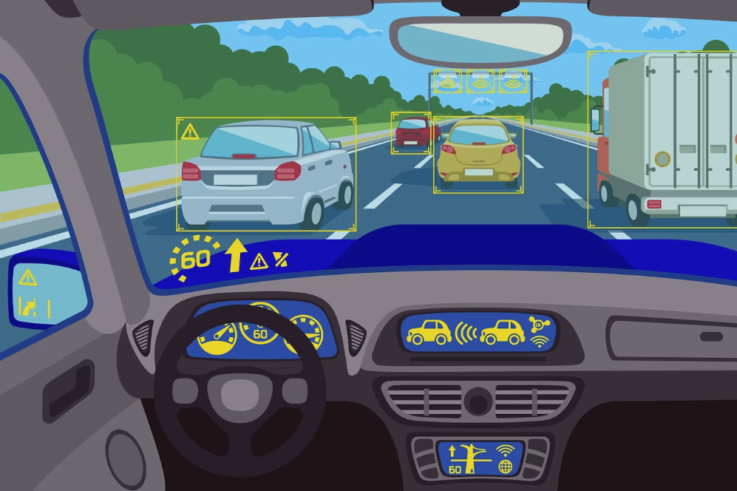
The advent of autonomous vehicles (AVs) is poised to revolutionize urban landscapes, transforming the way we commute, live, and plan our cities. As self-driving cars become more advanced and widespread, they bring with them a host of opportunities and challenges for urban planners and policymakers. In this article, we explore the intricate relationship between autonomous vehicles and urban planning, examining the ways in which self-driving cars will shape the cities of the future.
**1. *Reduced Traffic Congestion:*
Autonomous vehicles have the potential to significantly reduce traffic congestion in cities. By communicating with each other and optimizing routes in real-time, AVs can minimize traffic bottlenecks, leading to smoother traffic flow. Fewer traffic jams mean reduced commuting times, less air pollution, and an overall improvement in the quality of urban life.
**2. *Improved Transportation Accessibility:*
Self-driving cars can enhance transportation accessibility for various demographics, including the elderly and individuals with disabilities. AVs can be equipped with features like ramps and spacious interiors, making them more accessible to people with mobility challenges. Additionally, autonomous ride-sharing services can provide convenient and affordable transportation options for those who cannot drive.
**3. *Changes in Urban Infrastructure:*
The rise of autonomous vehicles will necessitate changes in urban infrastructure. Cities may need to invest in smart traffic management systems, dedicated lanes for AVs, and updated road signage. Parking infrastructure may also be transformed, as AVs can drop passengers off and park themselves more efficiently, reducing the need for extensive parking spaces in urban areas.
**4. *Shift in Land Use and Urban Design:*
With the decreased need for parking lots and garages, urban planners can reimagine land use in cities. Spaces currently occupied by parking facilities can be repurposed into parks, green spaces, or commercial areas, enhancing the overall aesthetics of urban environments. Additionally, urban design can prioritize pedestrian-friendly zones, making cities more walkable and cyclist-friendly.
**5. *Challenges in Regulation and Policy:*
The integration of autonomous vehicles into urban environments brings forth regulatory challenges. Policymakers will need to establish guidelines for AV operation, address liability issues, and ensure safety standards. Additionally, cities will need to collaborate with AV manufacturers and technology developers to create a cohesive regulatory framework that fosters innovation while prioritizing public safety.
**6. *Environmental Impact and Sustainability:*
Autonomous vehicles have the potential to reduce carbon emissions and promote sustainability. AVs can optimize driving patterns, leading to fuel savings and reduced greenhouse gas emissions. Moreover, the shift towards electric autonomous vehicles can further contribute to environmental conservation, making cities cleaner and greener.
In conclusion, the integration of autonomous vehicles into urban planning represents a paradigm shift in how we envision and design our cities. While challenges such as regulation and infrastructure adaptation must be addressed, the benefits in terms of reduced congestion, improved accessibility, and enhanced sustainability are promising. Urban planners, policymakers, and technologists must collaborate to harness the potential of self-driving cars, creating cities that are not only technologically advanced but also more livable, efficient, and sustainable for their residents.



